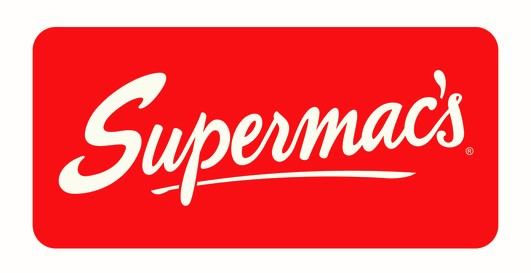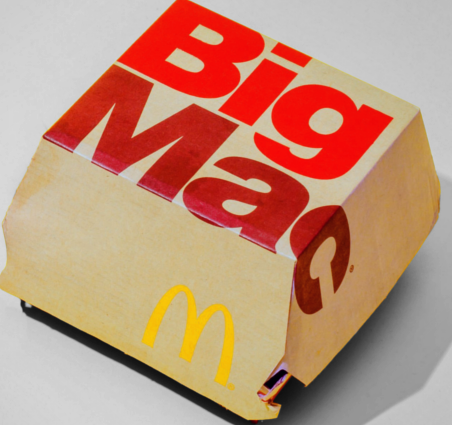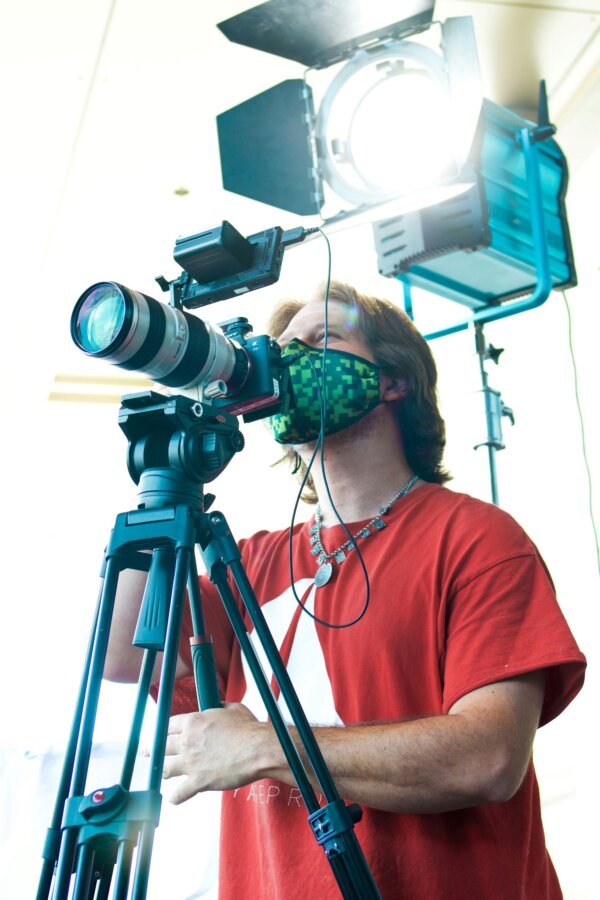An unlikely warrior
Written by Éamon Chawke | December 17, 2024
Cú Chulainn, Conor McGregor, Katie Taylor … Ireland is known for its fearless warriors. Well, they can all step aside for the newest champion: Supermac’s.
Humble beginnings
Supermac’s was founded by Pat McDonagh in 1978 in Galway, Ireland. The name “Supermac’s” comes from a nickname McDonagh earned while playing Gaelic football in his youth.
When the company first started trading in the late 1970s, it was small and had no formal advertising. It relied on word-of-mouth advertising and taxi drivers in Galway were the company’s best customers and advertisers (in contrast to the global advertising campaigns of the big fast-food chains like McDonalds).
Today, Supermac’s is one of the fastest-growing indigenous firms in Ireland and operates over 100 outlets across the country.
Supermac’s vs Big Mac – confusingly similar?
The McDonald’s Corporation was founded in 1940, and it subsequently grew into one of the world’s largest fast-food chains. The iconic “Big Mac” burger was launched in 1967 and since then McDonald’s has become globally associated with the “Mc” and “Mac” prefixes (and has consistently and aggressively protected and enforced its trade marks for the “Mc” and “Mac” prefixes).
By the early 2010s, Supermac’s had started to seek international expansion (especially into the UK and European markets) and, as part of that expansion, it applied to register two EU trade marks for its brand name and logo. McDonalds, seeking to maximise the scope of its monopoly control over the “MC”/”MAC” prefix, opposed the Supermac’s EU trade mark applications.
The EUIPO agreed with McDonalds and found that “Supermac’s” and “Big Mac” were similar and that consumers may be confused into believing that Supermac’s was somehow associated with McDonalds (principally, due to the fact that both brand names contained the “MAC” element, and due to the fact that both brand names contained descriptive terms that were conceptually similar i.e. “super” and “big”).
Use it or lose it!
In response to McDonalds (partially) successful opposition against the Supermac’s trade mark applications, Supermac’s responded by asking the EUIPO to cancel the “Big Mac” trade mark on the basis that McDonald’s had failed to make genuine use of the trade mark in relation to all the goods and services for which it was registered.
In January 2019, the EUIPO decided the case in favour of Supermac’s and found that the “Big Mac” trade mark (registered in relation to a range of goods and services in three categories/class of goods and services, including various foods, beverages and restaurant services) should be cancelled in relation to any/all goods/services for which the “Big Mac” trade mark was not put to genuine use.
The 2019 decision was appealed by McDonalds to the Board of Appeals and ultimately to the EU General Court and, in 2024, almost a decade after the dispute began, the court ruled against McDonalds confirming that it did not have the exclusive right to use the “Big Mac” trade mark in the EU in relation to any goods/services for which that mark had not been put to genuine use (e.g. non-beef food products and certain restaurant services). However, the 2024 decision did not affect the exclusive right of McDonalds to use the “Big Mac” trade mark in the EU in relation to its famous beef burger.
Briffa comment
There are a few important takeaway points here:
First, a trade mark can be an incredibly valuable tool in the arsenal of a small company when a larger corporation seeks to bully the smaller company out of using its brand name and logo. This is particularly true in registry proceedings, such as opposition proceedings and cancellation proceedings, because there are strict timelines for the proceedings and recoverable costs are capped, which makes it more difficult for the bigger party to simply outspend the smaller party.
Second, trade mark maintenance is essential. What is meant by “maintenance” varies from jurisdiction to jurisdiction but in the UK and the EU, maintenance means: (1) trade mark renewal fees must be paid every ten years; and (2) “genuine use” must be made of the trade mark within five years of registration (otherwise the trade mark becomes vulnerable to cancellation for non-use). What constitutes “genuine use” is not always clear, but what is clear is that more than ‘token use’ is required.
Finally, pick your battles carefully. There can be a temptation for trade mark owners (particularly those who are well resourced and have large trade mark portfolios) to oppose every application that they don’t like. However, before initiating any opposition or infringement proceedings, it’s worth considering whether there are any grounds on which your own rights may be cancelled. If, as in this case, there is a risk that your rights may be vulnerable to challenge (e.g. on the basis of non-use), consider whether the commercially sensible solution might be to not poke the bear!
Briffa are experts in all aspects of trade mark law and practice, including all contentious and non-contentious matters. If you would like some advice regarding your trade mark portfolio or dispute, or if you would just like to have a preliminary discussion about a trade mark issue, please do not hesitate to book a free consultation by contacting us on info@briffa.com or 020 7096 2779.



